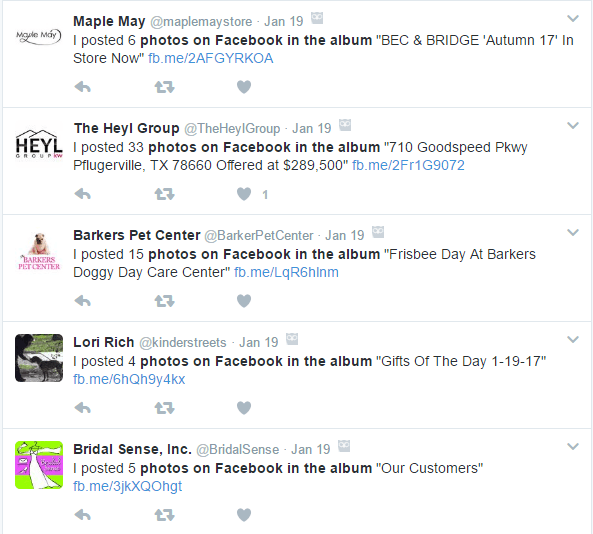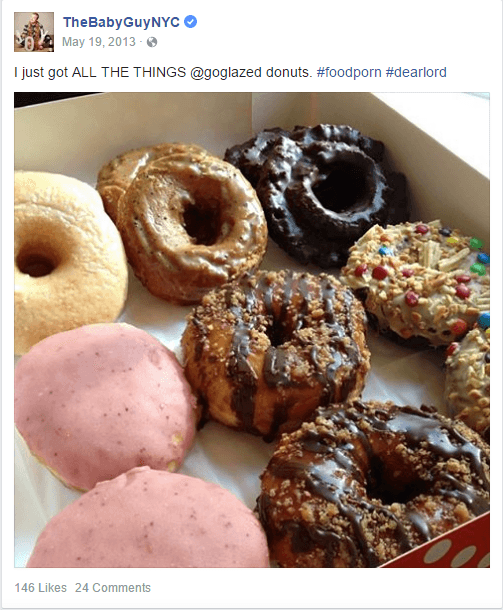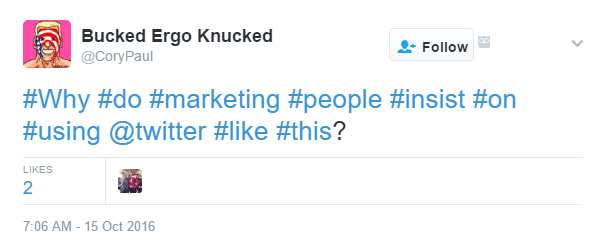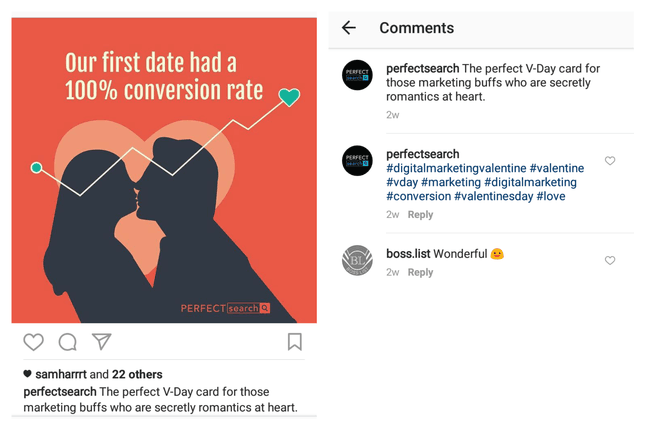5 Common Social Media Mistakes New Companies Make

The sheer number of articles out there about social media best practices can be overwhelming. (And because social media platforms update so frequently, advice from even just the last year or so may no longer be relevant.) It’s easy to get caught up in the latest technical intricacies of maximizing engagement while losing sight of how customers perceive your social media persona.
Here are 5 basic mistakes companies make when starting out on social media. They can be especially cringeworthy to digital natives, but I promise, all of these mistakes have easy fixes that will instantly clean up your social media presence and boost your company’s credibility.
1) Don’t automatically cross-post across social media platforms
If you’re a new company, it’s likely you don’t have a dedicated social media person yet. That person might just be you, posting updates whenever you find a free moment. If so, the options to connect your Instagram to your Facebook, or your Facebook to your Twitter, or any combination thereof, might seem particularly handy. You can kill several birds with one stone, right? No.
This is your resident #millennial telling you there is no faster way to make your customers lose faith in you than to have an entire Twitter profile filled with auto-written tweets like, “I posted 6 photos on Facebook in the album “New Store Opening!”” followed by a nonsensical looking Facebook link.
It’s not just photo uploads that autopost to Twitter — see below.
In other cases, a Facebook-to-Twitter auto-post will only tweet the first 100 characters or so of your post, and then include a link to that Facebook post (not any content you might have linked to within). That means if you share a blog post on Facebook and auto-post it to Twitter, your customer has to click two different links through two different social media platforms to access your content every time you show up in their feed. These unreadable tweets not only decrease your engagement, but they also hurt your overall brand credibility.
What happened to sweet Chelsea?? Unless you feel like switching apps, you may never know.
Another common cross-posting mishap: when you auto-post from Instagram to Facebook, you can lose your @ mentions if the page you are trying to tag doesn’t have the same handle on both platforms. The mentions will come up looking something like this (@goglazed is “Glazed and Infused Doughnuts” on Facebook):
Wow, I know. I promise this isn’t a sponsored post.
Readability-wise, it’s not the end of the world. But again, you lose the engagement you could have gained from properly tagging the person or page on Facebook. Every social media platform has a different vibe and different benefits. You should be promoting your content and brand across multiple platforms, but show your customers you know how to truly connect with them on the platforms they prefer.
2) Don’t try to tweet #every #hashtag #ever
Using more than one or two hashtags in a tweet is generally a clear indication of a fairly futile engagement-grab. More often than not, it will look spammy and won’t actually drive any engagement: in fact, some studies show that using more than two hashtags in a tweet actually drops engagement by 17%.
We’ve all seen it. Don’t @ me.
Stick to one meaningful, topical hashtag. If it’s trending, understand its context before you engage. It seems there is a “brands on Twitter” horror story every week relating to a company sorely misunderstanding the conversation around a specific hashtag. You don’t want to be like DiGiornio, which back in 2014, accidently co-opted a hashtag about domestic violence to market their pizza.
3) Don’t underutilize hashtags on Instagram
Hashtag etiquette is a little different on Instagram. Even broad hashtags like #breakfast can still drive impressions there (whereas the same hashtag on Twitter could be a meaningless firehouse of posts.) Reports vary on the optimal number of hashtags for Instagram engagement, but 11 seems to be the golden number. Either way, don’t feel limited: in this case, the more the better. But you can (and should) always hide an entire block of Instagram hashtags. Simply drop them in a comment, not the caption. Your post will still show up in hashtag searches. Clean and optimized for engagement! It’s the best of both worlds.
The hashtags we put on this digital marketing valentine are hidden away in the comments.
4) Don’t create an account and never post (or use a different handle for every account)
A ghost Twitter profile or Facebook page is a great way to make potential customers think your company has closed for good. Remember: you don’t need to be on every single social media platform, but you should do well on the ones you use. In that vein, make sure to keep your handles relatively consistent across social media platforms. You might find that your ideal company handle is already taken on one platform, so find a simple and clean alternative. For example, Coca Cola is @cocacola on Twitter and Instagram, and “Coca-Cola” on Facebook.
5) Don’t let all the “rules” scare you off social media
It can be intimidating to dive into a new platform you’ve never used before, and yes, brands often do get widely mocked when they commit a social media faux pas. But a good social media presence is critical for new businesses, and all you have to do is pay attention to the way your customers are using the platform. You can also look to bigger brands to see how they write their posts across platforms or understand what content works best where. At the same time, keep in mind that the people accessing your social media profiles are still just people! Aim to be more human and friendly than bot-like when engaging your customers on social media, and they’ll want to be friendly right back.
—
So your company has a consistent social media presence – does it have consistent visual branding too? Check out Part 1 of our designer’s tutorial on creating a brand style guide, even (and especially) if you don’t have a full-time designer on your team.





